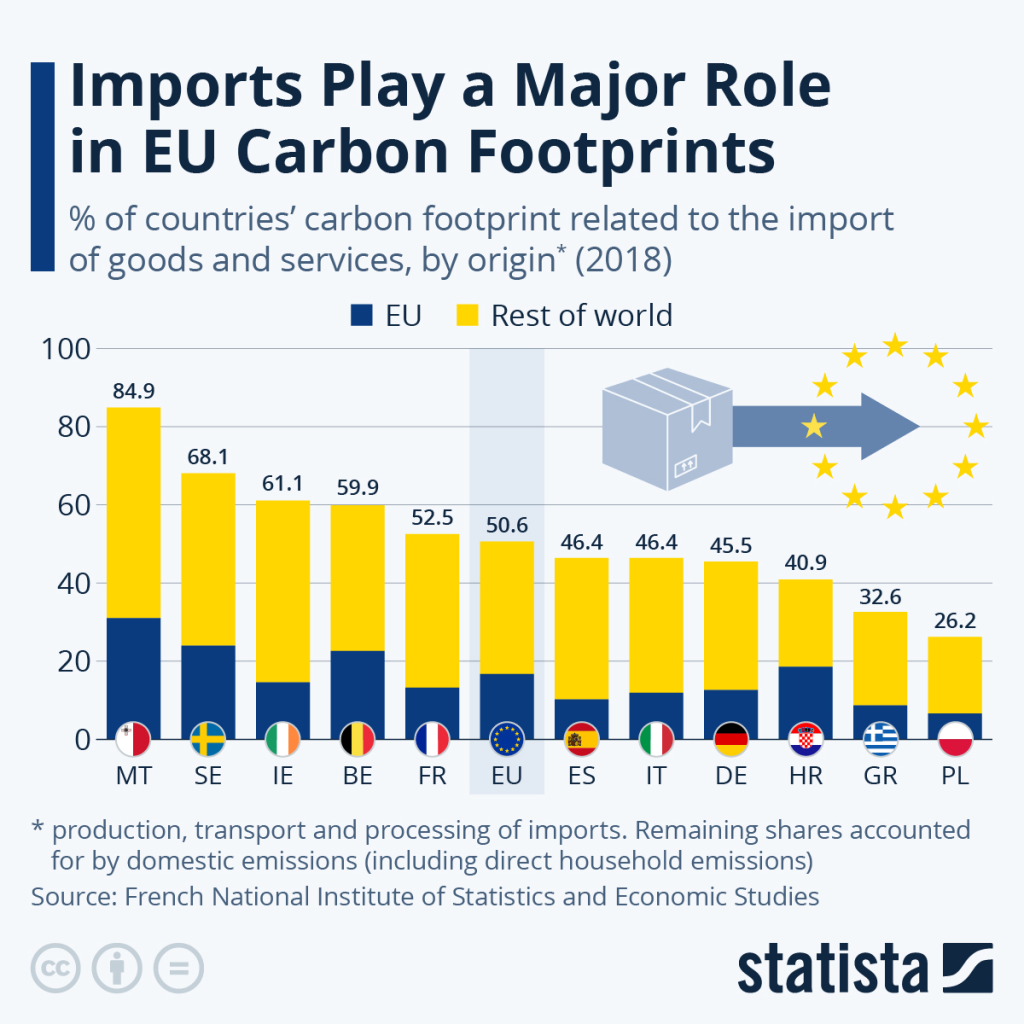Carbon credits were introduced as a market-based mechanism to incentivize and finance projects or activities that reduce greenhouse gas (GHG) emissions or remove carbon dioxide from the atmosphere. The goal of carbon credits is to help mitigate climate change by creating financial incentives for reducing emissions and promoting sustainable practices. However, the effectiveness of carbon credits in reducing GHG emissions is a subject of ongoing debate, and the impact on emissions reduction since their introduction can vary depending on various factors such as the specific market, policy design, and implementation.
The introduction of carbon credits has led to the development of various emissions trading systems and voluntary offset markets around the world, such as the European Union Emissions Trading System (EU ETS), California Cap-and-Trade Program, and voluntary carbon offset markets. These markets allow regulated entities or individuals to buy and sell carbon credits as a means to comply with emissions reduction targets or voluntarily offset their emissions.

The overall impact of carbon credits on global GHG emissions since their introduction is difficult to quantify due to the complex and dynamic nature of emissions and the various factors that can influence them. Additionally, the effectiveness of carbon credits in reducing emissions can vary depending on the quality and type of credits, the stringency of emissions reduction targets, and the overall regulatory framework and market conditions.
While carbon credits have been recognized as a tool to incentivize emissions reduction and promote sustainability, critics have raised concerns about issues such as the potential for market manipulation, double counting of emissions reductions, and the potential for credits to offset the need for more systemic and long-term emissions reduction efforts. As a result, the actual impact of carbon credits on GHG emissions reduction is a topic of ongoing discussion and research in the field of climate policy and economics.
It’s important to note that carbon credits are just one of many tools and approaches that can be used in efforts to reduce GHG emissions and mitigate climate change. Other strategies may include direct emissions reduction measures, renewable energy deployment, energy efficiency improvements, and policy interventions at local, national, and international levels. The effectiveness of carbon credits in reducing GHG emissions depends on how they are designed, implemented, and monitored, as well as how they complement and interact with other climate mitigation strategies.









